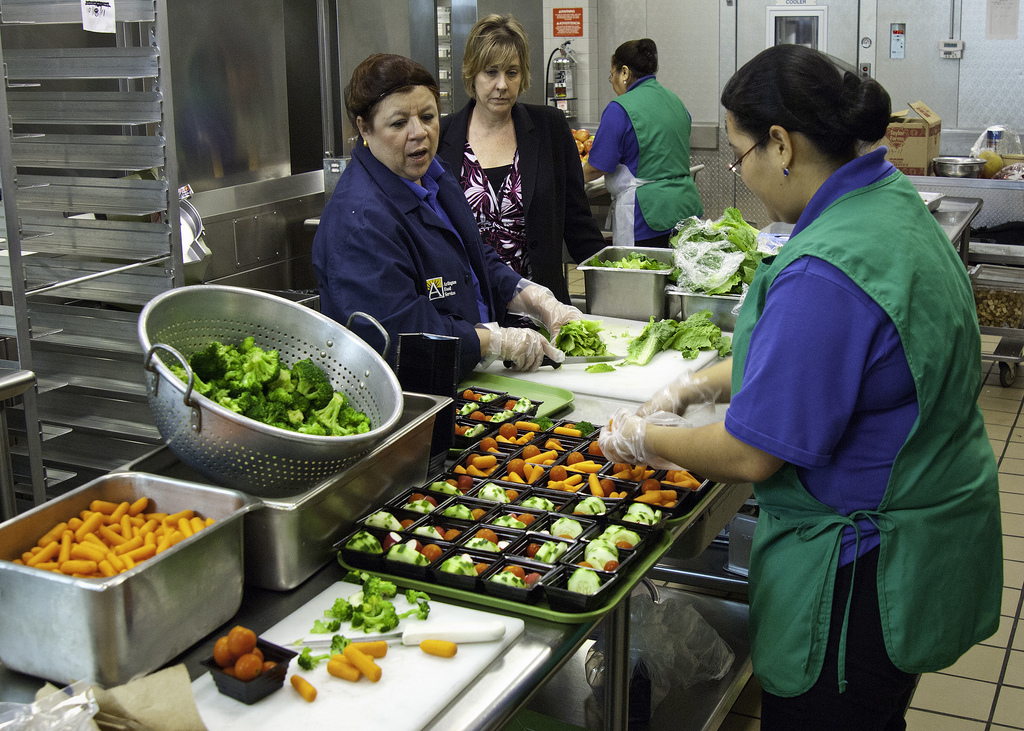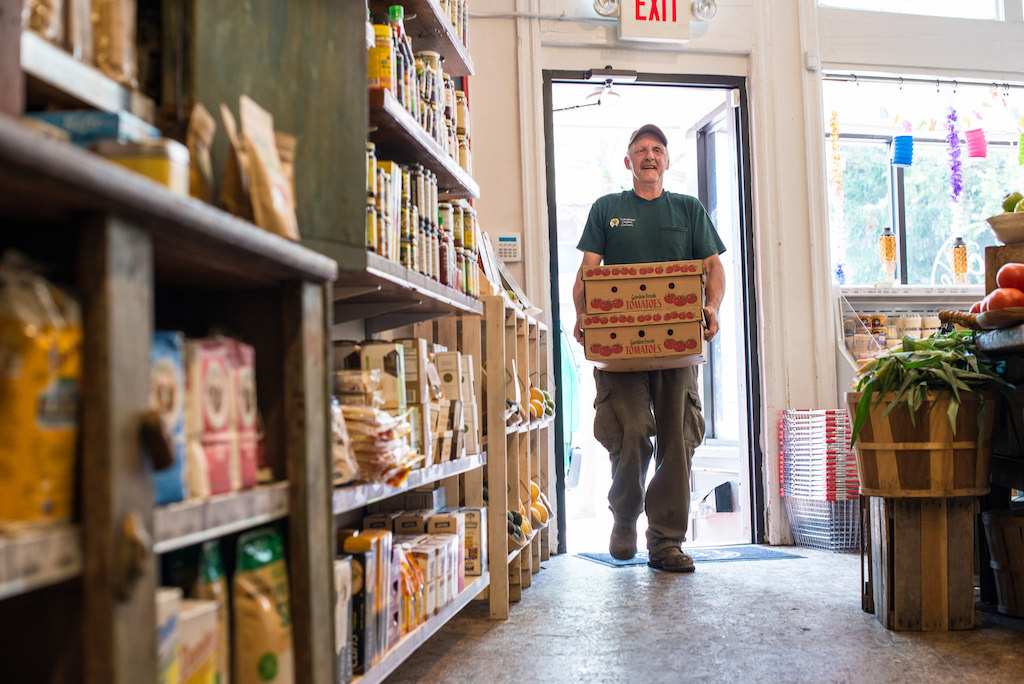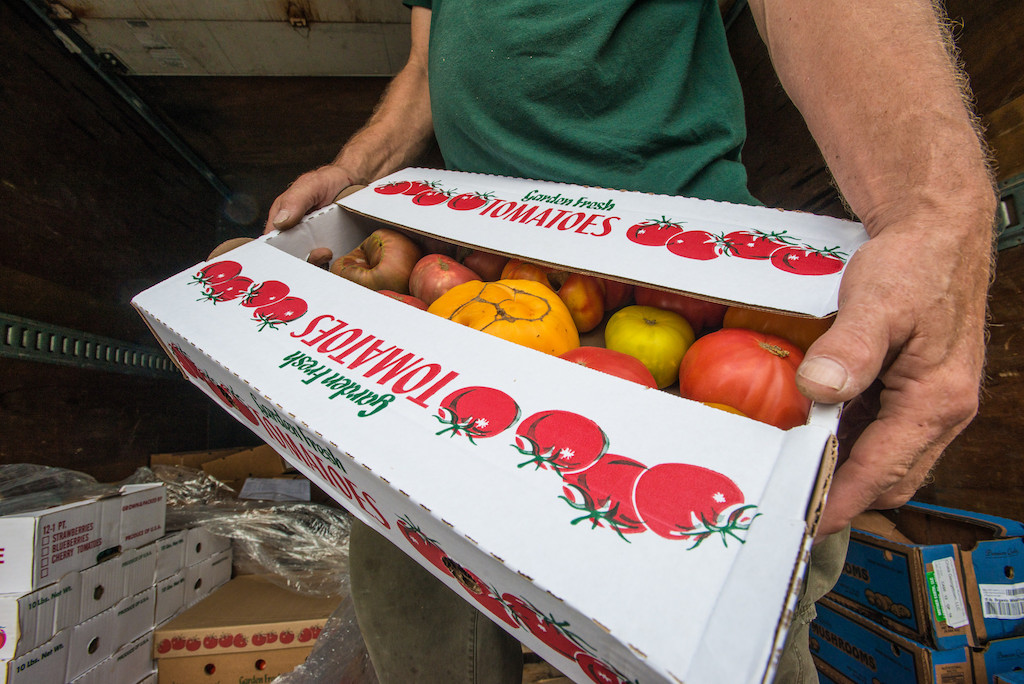A large part of the process, says Palmer, is helping groups determine which specific problems to prioritize—working to narrowly define the issues at stake and, more importantly, to define success. “It’s a huge time commitment for those involved,” Palmer says. “You burn your bridges if you waste people’s time with useless meetings.”
Non-profit foundations have recently seen enough progress that they’ve become willing to provide much-needed financial support.
“When I discovered [FPCs] three years ago, I found a diamond in the rough,” says foundation consultant Ostrander. “I was impressed by their reach and legitimacy. These groups are organic, local and democratic,” representing local stakeholders, understanding local needs.
And they are almost always run by women in their 30s and early 40s, says Ostrander. “These women care deeply about their communities. They aren’t flashy. They get a lot done with very small amounts of money.”
Ostrander recalls a particularly significant meeting she attended with Los Angeles Food Policy Council executive director Clare Fox and California State Senate President Pro Tempore Kevin de Leon. Fox was a new voice on food system issues linking urban healthy food issues with a rural healthy soils program. By straddling two worlds, Fox was able to connect dots the politician had not seen. The result: new state funding for composting and food waste reduction in Los Angeles.

Flickr / USDA
An early win in LA’s Good Food Purchasing program to overhaul city-funded food service in schools and other city venues is a big bump in produce purchased from local farmers
“These women don’t give up,” says Ostrander. “They are cooperative, putting aside their egos to walk across the aisle to work with people with different agendas. They are leading from the middle.”
Los Angeles has the largest and arguably most successful FPC in the country. Launched by the mayor’s office with no budget in 2011, the council now raises $1 million a year to fund programs primarily aimed at improving access to healthy food and support for local food producers. Three hundred food system stakeholders participate in its working groups.
“We have public water systems and public transportation systems,” says Fox, “but we do not have public food systems in this country. My hope is that by demonstrating all of the ways the private market economy has failed us, we can start considering food a public right. This thing we have to have in order to live has become a privilege. Our mission is to make healthy, affordable, sustainable and fair food available to everyone.”
“We are no longer a boutique movement.”
The first step is to remove barriers to access, she says. When Fox learned that produce gardens in the city’s public housing were being pulled up or blasted with pesticides by the city’s housing authority, she brought everyone involved into a conversation. It took two years and many meetings, she says, but there is now a set of guidelines sanctioning these gardens and city funds are now dedicated to support them.
The LAFPC convinced the city to mandate that all farmers’ markets accept food stamps and launched a program to support corner stores in poor neighborhoods willing to stock more fresh food. An early win in LA’s Good Food Purchasing program to overhaul city-funded food service in schools and other city venues has resulted in a big bump in produce purchased from local farmers—an increase from 20 percent local sourcing to 80 percent.
“Things aren’t such a fight any more. Everyone takes our calls,” says Fox. “The future rests on our alliance with communities that have the most to gain from access to good food. Migrant rights, defending public education, racial and economic equality. We are no longer a boutique movement.”
And political divisions are disappearing. Conservative, big ag-centric Kern County recently asked the LAFPC to help them strengthen its food policy council. “It takes a long time to demonstrate a policy change has improved the food system,” says Fox.

USDA / Flickr
These grassroots efforts need state and federal support, but the grassroots work comes first
“The key to success for funders in this area is to give up control,” says Merry Davis, a Healthy Living program officer with the Blue Cross Blue Shield Foundation in North Carolina. Her foundation has invested $1 million over the last five years in FPC infrastructure—primarily training and leadership development—to help North Carolina communities learn what they need to know to help improve their local food systems. “The passion and the power stays local and reflects what they care about. In North Carolina, you can’t tell people what to do.”
North Carolina now has 31 FPCs, up from 5 when BCBS Foundation started supporting them, making the state second only to California, where there are 50+ local food councils. But no one in North Carolina uses the word ‘policy,’ says Davis. It’s too political. “Our scrappy local food activists are happy to be working across sectors in a room together.”
“Counted across the country, the potential power of food policy councils seems obvious.”
These grassroots efforts need state and federal support, but the grassroots work comes first, says Nancy Creamer, director of the Center for Environmental Farming Systems at North Carolina State University and a longtime advocate of FPCs. “With an FPC, everyone is sitting at the same table. That makes them hugely important. Tons of things can happen at a local level without help from anyone.”
“This is not a political movement. It’s about empowerment,” says Creamer. “I can’t think of another mechanism that lends itself so well to connecting people. We are now reaching out to other states to work together as a region. Is it a movement? I don’t talk about it that way. It puts people off.”
Lawrence, Kansas, home to the University of Kansas, introduced FPCs to the state back in 2008. The college town has the oldest farmers market in the state and a 40-year old food co-op. The largely rural county embraced FPCs as a way to build up local agriculture-based businesses, such as agri-tourism. Economic development became the focus of the FPC and keeping food dollars in the county was the goal, says Helen Schnoes, food systems coordinator for Lawrence and Douglas County.
“Local food policy councils are meeting immediate needs to improve access to healthy food.”
Communicating with the public has been vital in creating the county’s first holistic food system plan, which was adopted last summer. “It legitimized our work,” says Schnoes. “Gave us a backbone for future decision making on food.” While it hasn’t quite put healthy, local food on par with clean drinking water, it’s a step in that direction. Her next project: generate public support to establish a permanent location for the 41-year-old Lawrence Farmers’ Market downtown.
These are modest goals, to be sure. It might take years to get everyone in the Lawrence food community to buy into even such obvious food system improvements. But once they do, Schnoes says, the programs will stick. Counted among thousands of food system improvements in cities and towns across the country, the potential power of food policy councils seems obvious.
Slow and cumbersome, this is not the food revolution Pollan and other leading food activists advocate. But in the absence of a national food agenda, local food policy councils are meeting immediate needs to improve access to healthy food. They might just build an army of dedicated folks who believe they have a right to healthy food and know how to fight for that right and make those changes stick.




